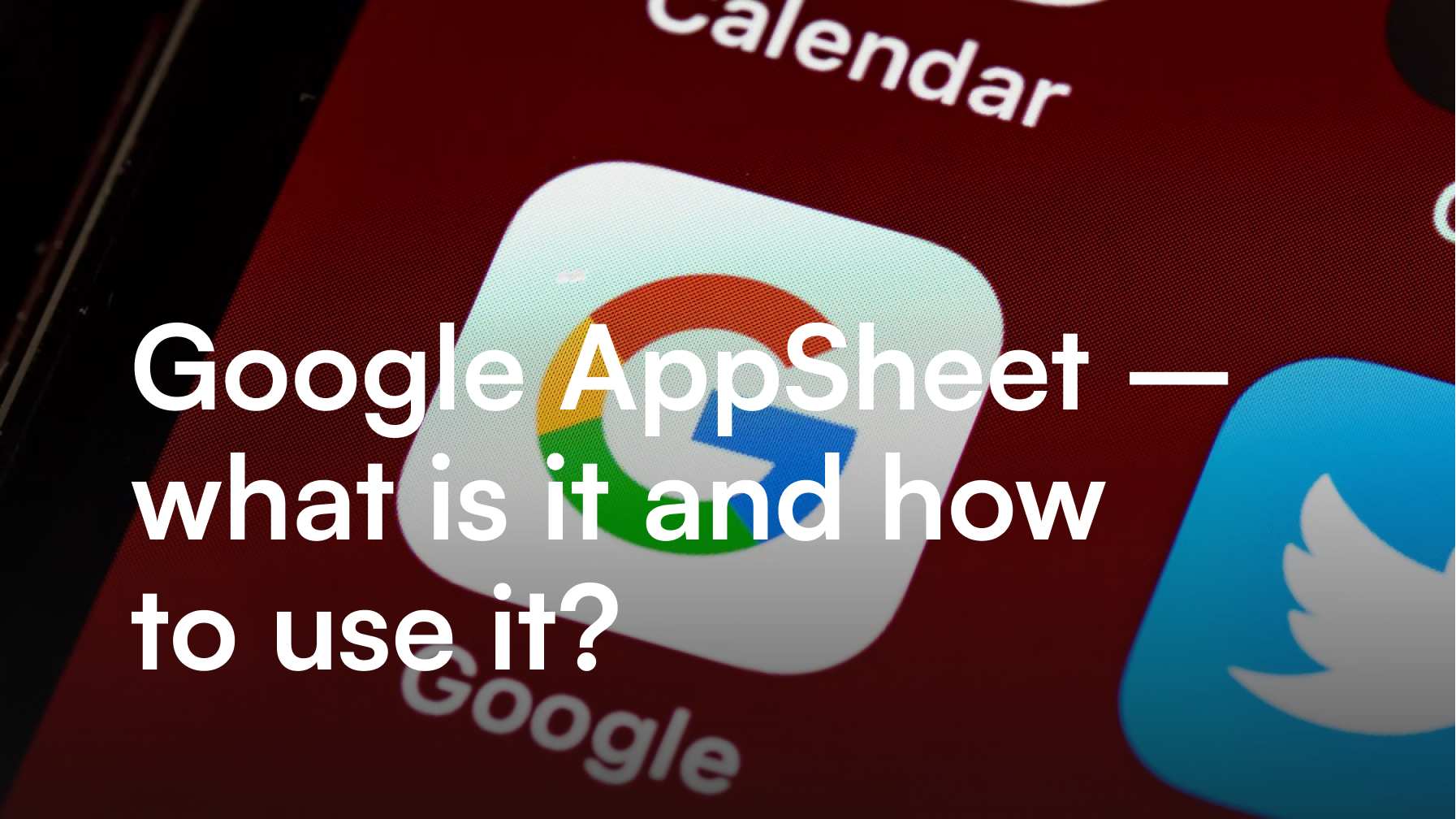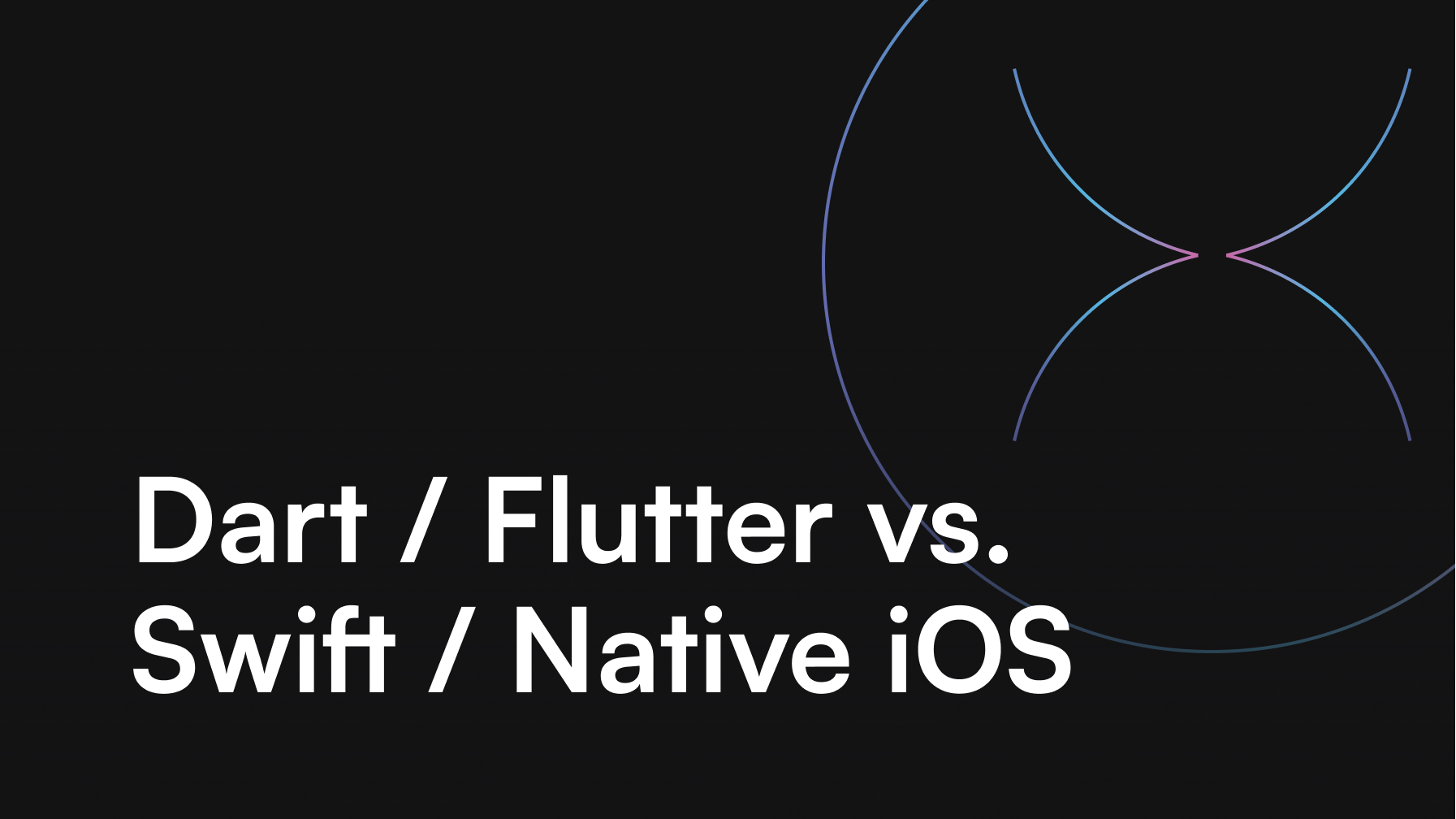ASO – what is it? Do I need it?

Paweł

Optimization – the word will one day end up in the Hall of Fame of all words business. There’s no stopping it. The humans of 2018 optimize just about anything. Code, time management, business, strategy, your sock drawer – none of them is perfect. For the matter – it never will be. So what do we do? We optimize – make it faster, better, more streamlined, more workable. More of anything positive will come under optimizing.
Table of contents
- ASO – the SEO of apps
- How about apps?
– More than a description - What am I to do?
– Keywords matter
– The looks - Going (a bit) deeper in.
– ASO, the app SEO, is an on going competition - Can anyone help you?
– Provide the ammo, let ASO shoot the gun
– The three, not so colorful hats
– Or you can go Dark Side
– The grey hat - The bottom line
– Going good? Then keep going.
ASO – the SEO of apps
Websites are optimised to position as high in search results as possible. SEO is the science behind it. For apps ASO – App Store Optimisation does quite the same – strives to get them best attainable position in an app store search. So after app development it’s time to its optimisation
How about apps?
So, you got your app up and running, out in the app store, everything working as intended, no issues, no bugs, no errors, no downloads. Wait, what? Does noone want it? Noone need it? It might just not be as bad as you think. When optimizing an app we think mostly about it’s internal workings, UXs, UIs and then, we put it up in a store and wait for the magic to happen.
More than a description
It’s not that easy. App stores, IOS as well as Android have their rules and regulations for apps and its never enough to just put it out there. The keyword here is…well…”keyword”. When you go to putting your app in the store you fill its ‘’profile’’ with all kinds of info about it like: title, descriptions etc.
The words you use to describe the app are then used by the store to line it up accordingly amongst all the products they sell. It gets categorized.When people then search the store for what they need, they type in words, expressions in the search tab and they get a list of apps matching the keywords.
Place on the results list depends on apps popularity, number of downloads, reviews, matching of keywords etc… All these can and should be optimized to increase the apps discoverability.
What am I to do?
When introducing a new product to the market of apps you’re adding another drop to the ocean. Advanced store optimization helps you make that drop shine. Keywords, by which features, functionalities, specific apps are searched for are what makes it easier for a potential convert (not the religious type) to find exactly what they’re looking for.
Keywords matter
ASO (App Store Optimization) is what makes it all work. There are keywords that customers type in when searching for an app to fit their requirements. Looking for an app to edit photos? You type in :photo editing. So if your app does just that, these words should be among your keywords.
But what about the million other photo editing apps that use the same keywords? This is where ASO comes in. Optimizing here means finding the right keywords, but original enough to have the chance of not being used by too many other apps.
The looks
ASO is also about the graphic side of exposure. Website content is the main thing optimised with SEO, app Advanced Store Optimization is concerned also with looks of your product. Your app’s icon, screenshots, short video are visible in stores and users do look at them a lot. They start their search with keywords, but then they check the visuals. If it looks familiar (color scheme, layout etc.) to something they know, then it’s more likely to get a click. If the video looks interesting, funny, sexy or intriguing you’re sure to catch their eye.
There are countless techniques to perfecting your base for App Store Optimization. You need to know not only what your app does; most importantly, you need to know who is going to need it. That is where you draw from. The lifestyle, environment, culture, language used by your target audience is the key to your apps discoverability.
Going (a bit) deeper in.
As you approach the world of ASO everything starts to become more and more… complicated. Whichever way you turn your head you will get advice and tips and tricks. Whether you listen to any of them or not is your choice, but know this – there is no golden rule.
ASO, the app SEO, is an on going competition
There is no ASO recipe for success. Here, hit and miss will be the system you’ll be working with most the time. Why is that? – you ask. Thing is, what you’re trying to do is what everyone else is trying to do. It’s a war (of words). So, when listening to advice be sure that’s what it is. You don’t want your competition leading you astray and their “advice” sending your app’s position tumbling down or worse – getting kicked out from the Developer Program.
Remember that when writing the content for App Store Optimization, the main thing that works is being original. That’s great! – you say – My app is as unique as unique goes. Well, maybe so, but trust me on that: your keywords are not. It’s all been written, it’s all been said, it’s all been done. Now your task is to take all that and make it work for your app.
Can anyone help you?
The easiest way to start with ASO is outsourcing. IT related marketing companies or their departments tend to know their stuff. Especially ones with mobile app marketing experience.
One doesn’t need to make many mistakes to get bad reputation. So, the ones with good reviews must be offering something worth looking at. The amount of content that needs to be written for ASO is not huge, so it won’t (or rather shouldn’t) cost you a fortune to get it done.
Provide the ammo, let ASO shoot the gun
If you’re a subject matter expert – all the better for your app. Give your marketing company some lingo and they will turn it into the right stuff in ASO. That’s not all though. Apart from language, popular words etc. there are also matters that your regular, everyday app developer might be quite unaware of. So if outsourcing App Store Optimization, make sure you ask the right questions.
The three, not so colorful hats
The things often spoken of, but rarely explained are the hats. White hat technique in ASO is the “right way” of doing things. So, if you (or whoever you chose for this chore) picked the Light Side of the Force (as you should, especially as a beginner) then you decided to follow the instructions of Apple or Google.
Your ASO list will be full of relevant keywords, pretty descriptions that describe everything comprehensively, design that keeps improving, an icon catching the eye.
Downside? It’s slow growth or, to be more positive – a long term strategy. Although risk free, this way will make your app earn its place in the rankings the right way and in the long term, keep it.
Or you can go Dark Side
Why even consider it in App Store Optimization? I mean, you really shouldn’t go there. But there are ways. Black hat simply means using techniques that are unethical, wrong, fraudulent or illegal. For website SEO illegal or unethical actions can end badly, same goes to app ASO. Doing it, as with all things evil, might seem great at the start, soon to get bitter. Using copyrighted names or expressions, faking reviews, bogus install counts – all these aim to circumvent the stores algorithms in order to position your app higher.
And ho! They work! Not for long though, and most definitely not without consequences. It’s risky, short term gain which gives users bad experience. This rubs off on the stores reputation as well as app users community’s experience. So when (not if) you’re found out, the repercussions might be quite severe.
The grey hat
Now here, you actually use black hat techniques, but only to an extent. You cloak, disguise, slip in. You don’t do it full on, like with black hat techniques. You make it look nice and legit, and you try your best not to step on people’s toes. So you choose the right techniques that improve your app’s position in not so legal way, but without hurting others.
With grey area though, it’s always hard to draw a line. You’ll know when you crossed it though – right when an app store kicks you out for doing naughty stuff.
Grey hat is for the experienced and well versed in the world of app promotion. It can be a challenging but effective way of promoting apps that share a lot in common with others and would be hard to rank high among all the competition.
The bottom line
It all comes down to optimization. Your app’s exposure needs it for the app to thrive. Especially in its infancy. If it’s a new, cool app, with great potential, then it’s worth a good, ongoing optimization effort.
Going good? Then keep going.
App Store Optimization doesn’t stop when you think you’ve done the best you could. It keeps going until the app is perfect and it’s downloaded by thousands of users every day. Even then it’s not over. You just get more to work with, to optimize better.
Reviews, stats, conversion rate – you keep an eye on all that and only then you can be sure you’re optimizing it right. Drop the ball, and you might find yourself looking for that ball in some dark(hat) places.
Read also
How mobile applications are fueling digital transformation
What is a mobile app?
UX Laws & Principles – Part 1





